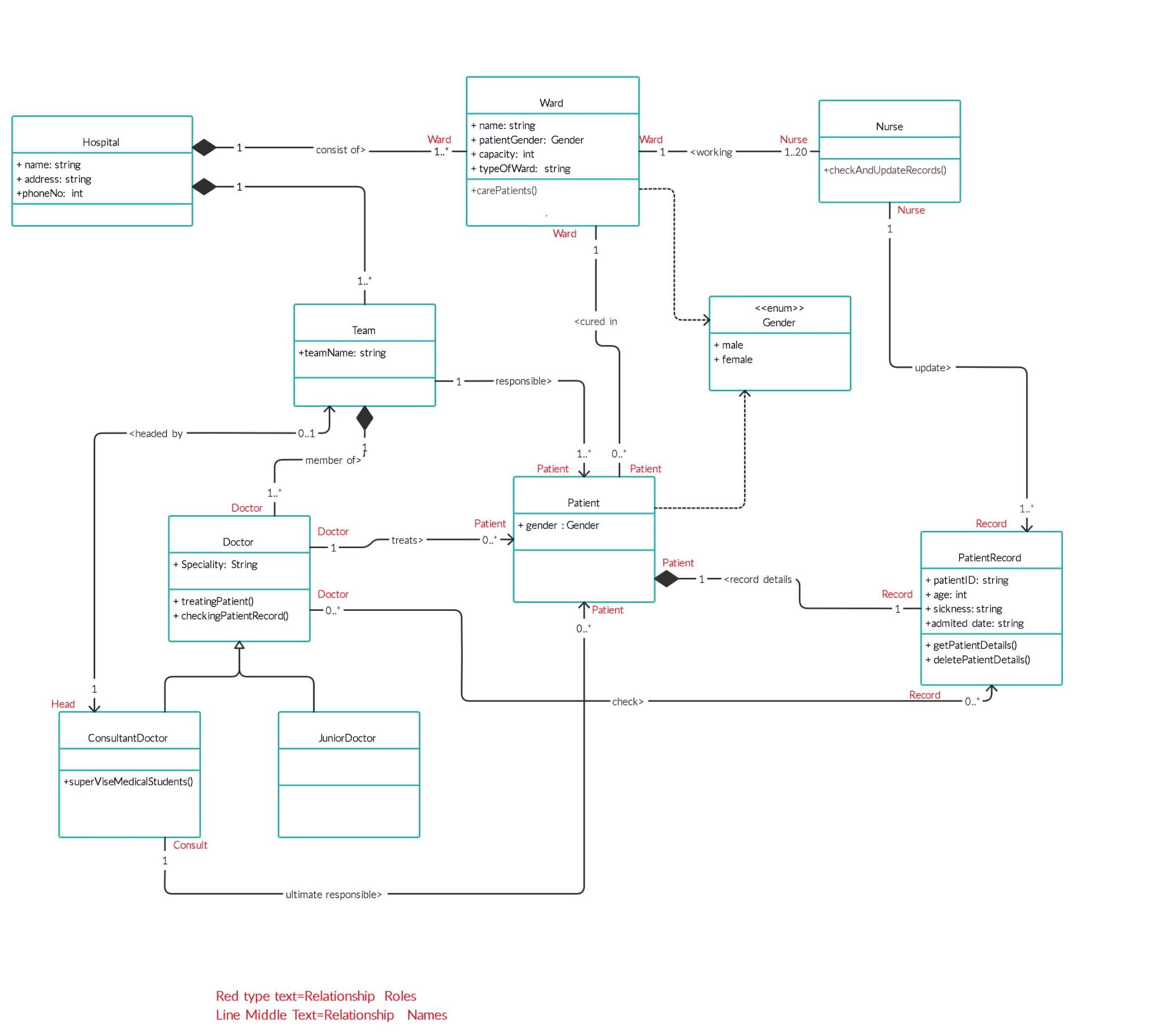Behavior of Average Queing Delay vs Traffic Intensity
Queuing delay is the waiting time of a packet to be transmitted in the buffer.But queuing
delay cannot say exactly.It can vary from packet to packet.So this queuing delay based on below,
- Traffic arriving rate to the buffer,Transmission rate of the link, Nature of the arriving
traffic(that mean arriving periodically or arriving bursts), Size of the buffer
La/R graph
La-Average bit arriving rate
R-Bits transmission rate (*here assume that the buffer is very big)
When La/R>1
In this case, Arriving rate > Transmission rate, So then queue will tend to increase without
bound, that mean average queuing delay will be infinity.Because there will be a congestion because of
packets arriving to the buffer more faster rate than transmission out those.
When La/R ≤ 1
In this case the average queuing delay affects on the nature of packets arriving,
- If packets arrive periodically-then each packet arrives at L/R seconds.In this each packet
arrive to an empty queue so there will no queuing delay - If packets arrive in bursts(a set of packets arrive at same the time),then there can be a
significant queuing delay.So in here first packet queuing delay is 0 but other packets have
increasing queuing delay.So there is a average queuing delay as below showing ,
(L/R+2L/R+3L/R+……..+(N-1)L/R)/N and we can get average queuing delay as (N-1)L/2R
When La/R --> 0
Then packets arrives few and large intervals between travels each packet so
the average queuing delay close to 0
When La/R --> 1
Then packets arriving bursts and average queuing delay increase
rapidly(according to above average queuing delay equation).In really packets arrive in
random manner so if arrival rate less than transmission rate,there will be a average queuing
delay.It might be a huge value



Comments
Post a Comment